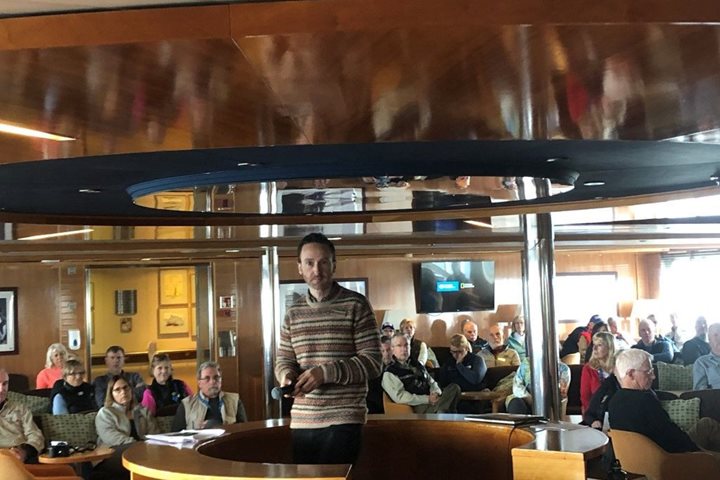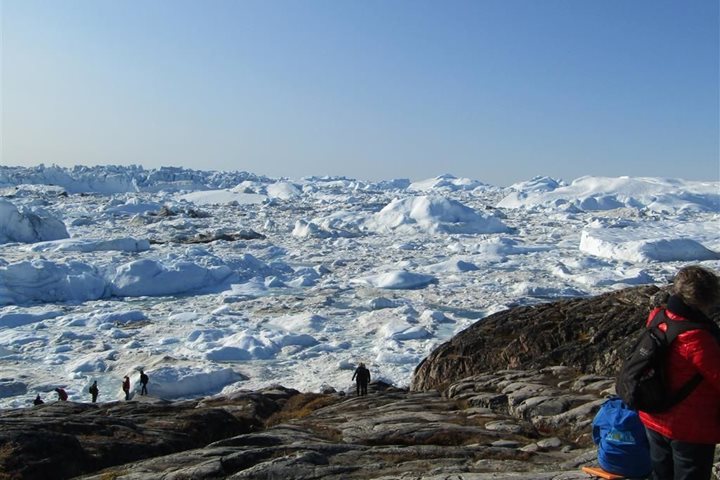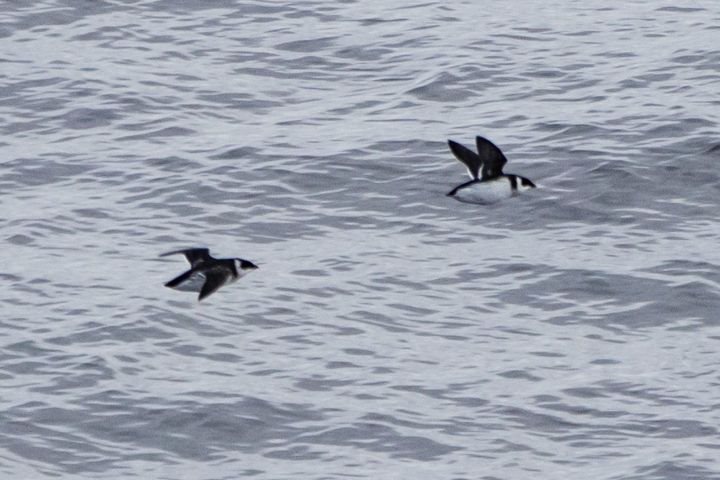A teacher’s plan for a lesson often changes. So too does the life of a Grosvenor Teacher Fellow on board a Lindblad-National Geographic Arctic expedition—particularly when the environmental sensors we brought along behave poorly, and delirium, brought on by sleep deprivation, kicks in.
As Fellows, the three of us were tasked with creating a project that incorporates the expeditionary experience with the National Geographic teaching paradigm which is to inculcate a greater sense of wonder, adventure, and enhanced appreciation of place. We showed up with different ideas and equipment, different attire and facial hair. But we eventually arrived at the common understanding that there was a lot to work with. Hopefully we won’t go mad with all the information.
On one Zodiac expedition off Philpots Island, we explored the icy inlet intent on using all of our sensors to study the Arctic water and ice. As we zipped through the water, in and around icebergs, sea ice, and bergy bits, we recorded temperature, ultraviolet radiation, and carbon dioxide information as well as captured photographs and video of the ice. We discussed the many forms of ice and the physics of its blue color—all of this interspersed with what to do if we spot a polar bear, what it takes to deflate the Zodiac, and which of us snores the loudest.
We three intrepid “Baffin Bros” have experienced the Arctic at its best, supported by a great team of Lindblad staff and crew. We have had many fascinating conversations (that often continue past midnight, since we are indeed in the land of the midnight sun) with other guests. Today, we shared the technique of inquiry-based learning with these same guests who became our students. This opportunity gave us the chance to explore the Arctic region, ourselves, and our teaching methods—and we’re looking forward to more opportunities for personal growth and learning.







